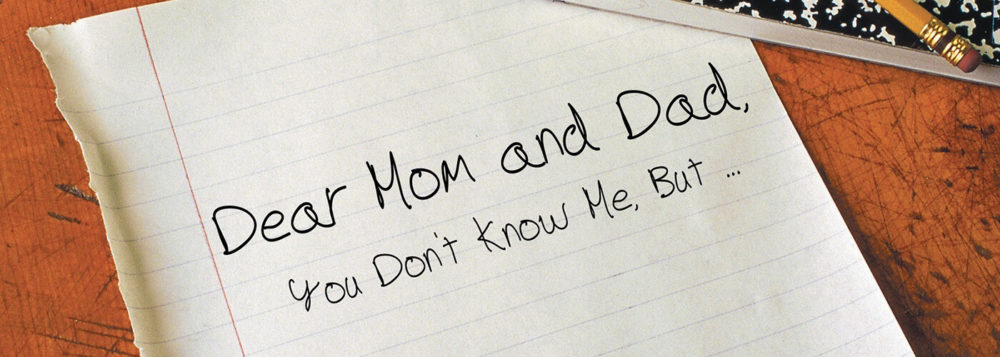In the last two years, our world has been turned upside down. On that, I’m sure most would agree. Attention has been turned toward the pandemic and all the ills that have befallen people from every imaginable walk of life. The number of people who have been unaffected by disease continues to shrink with each passing day. Issues that used to be important to us seem to have moved to the back burner … that is, until something occurs to vividly remind us of an issue that used to be important.
Case in point: The alphabet soup that has become the designation for every single sexual or gender self-identification imaginable. When I first became involved in the transgendered community the designation was fairly simple … L (for lesbian) G (for gay) B (for heterosexual and either lesbian or gay…in other words, have your cake and eat it too) T (for transgendered or transexual). Then someone added a Q (for questioning). A few days ago I saw an article that referred to the LFBTQ??? Community. LFBTQ??? I inserted the question marks because I don’t remember all the letters of the alphabet that followed, but there were at least 3 or 4 more.
Have people become so desperate for recognition as being different from everyone else that they will search until they find a designation that doesn’t fit anyone but themselves, and then create a persona to fit that newly defined category? It would seem to be the case. To make matters worse, those in superfluous positions of authority, i.e. the NEA and its state affiliates around the country have been actively promoting gender identity modifications in children as young as nine and ten years old without, I might add, the parents knowledge or permission.
Why? I cannot imagine why any person with even a modicum of integrity or respect for the self-image of a young person would want to influence their natural emotional development in a way that could adversely affect them for the rest of their lives. When I think of the kind of person that would do that I am drawn to and image of the wicked witch in the original version of “Alice in Wonderland.”
Yesterday, on the radio I heard a letter written by a high school student that related her experience with looking for a group to be a part of. Athletics were not an option for her, and neither were the more common groups such as chess or debate clubs. Her counselor steered her into the LFBTQ??? Club. There she was encouraged to “explore” her gender and sexual identity. Luckily for this young girl she was intelligent enough to eventually realize that what they were encouraging was not natural for her.
I grew up in a totally different world. It was a world where the worst that could happen to me was that, had I been self-aware enough to question why I didn’t feel “normal”, was to have been told to grow up. Had I approached my high school counselor with anything resembling sexual or gender identity I’m not sure she would have had a clue what to say to me or my parents. That was probably a good thing considering the guidance that I may have received under the circumstances.
The basic issue of what role does public education have in the development of adolescents has been brought front and center in recent events in North Carolina as a result of two issues … Mask mandates and Critical Race Theory. Although these two issues are seemingly unrelated to the gender identity influence in elementary and secondary schools, they are part and parcel indicators of what our educations system has become … a petri dish for state control of what our children are taught and how their life choices are being influenced without parental knowledge or input.
I don’t want to sound like an “I told you so” but the fact is that even as long ago as my sophomore year in high school I be came aware of the dangers of the state having six to eight hours a day five days a week to influence the way the way the youth of our country think and process information. I even went so far as to suggest in one of my debate topics that all teachers be required to pass a stringent psychiatric evaluation before being allowed in the classroom. This is most critical when it deals with influencing how young people perceive themselves, their sexuality and their gender identity. The majority of educators in this country, I believe, do not sign onto these absurd policies but enough of them do subscribe to them to be a danger to our society.
It’s bad enough for public education attempting to make skin color an issue in young people who don’t see their fellow classmates in terms of their skin color. But gender identity is such a complex issue that no elementary or high school teacher has any business attempting to advise or influence a student on actions that will have lifelong effects on their future happiness or ability to live a productive satisfying life.
Wanting to fit in is a normal thing, but not being “normal” makes “fitting in” difficult at best and impossible at worst. We don’t need people with a political agenda making it more difficult with absurd notions of their idea of what’s best for another person’s child.
